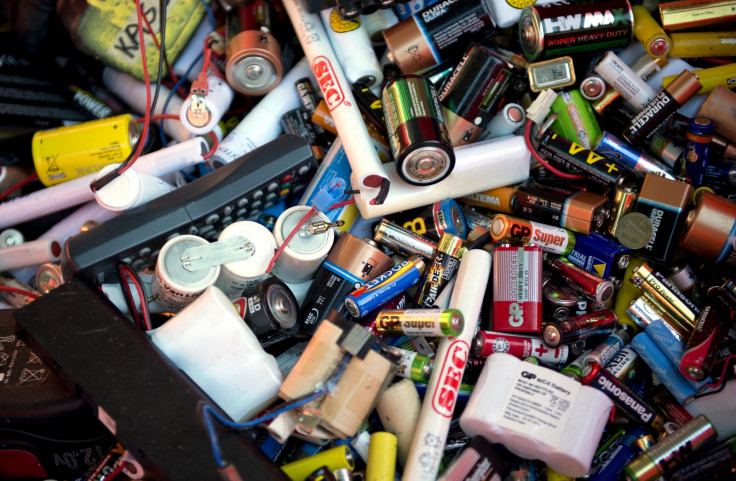New gel-like coating can boost performance of lithium-sulfur batteries
Researchers say sulfur cathodes coated with the new material can be discharged and recharged for more than 1,000 cycles.

Researchers have developed a new ultra-thin coating material that can improve the life expectancy and efficiency of lithium-sulfur batteries.
The gel-like material—a dendrimer-graphene oxide-composite film – has been developed by researchers at Yale University. The coating can be applied to any sulfur cathode, the positive terminal on the battery.
Researchers claim the sulfur cathodes coated with the new material can be discharged and recharged for more than 1,000 cycles, which in turn will enhance the battery efficiency.
"Our approach is general in that it can be integrated with virtually any kind of sulfur electrode to increase cycling stability," said Hailiang Wang, assistant professor of chemistry at Yale and the lead investigator of the study in a release note issued on 20 March.
"The developed film is so thin and light it will not affect the overall size or weight of the battery, and thus it will function without compromising the energy and power density of the device," said Wang.
As the lithium-ion batteries, used widely in mobile phones and laptops, begin to reach their capacity limits, researchers are turning their focus at lithium-sulfur batteries as an alternate solution.
The positive aspect of sulfur is that it is both lightweight and abundant. It also contains high theoretical energy capacity. However, the problem with current lithium-sulfur battery technology is that it suffers from a loss of capacity during cycling.
The researcher team at Yale University developed the material by combining distinct properties of two material components. They merged mechanical strength of graphene oxide with dendrimer molecule to confine lithium polysulfides. This results in a gel-like slurry that can be coated as a 100-nanometer-thin film onto sulfur electrodes. There are no specific details about when such batteries could be ready for commercial use.
© Copyright IBTimes 2025. All rights reserved.





















